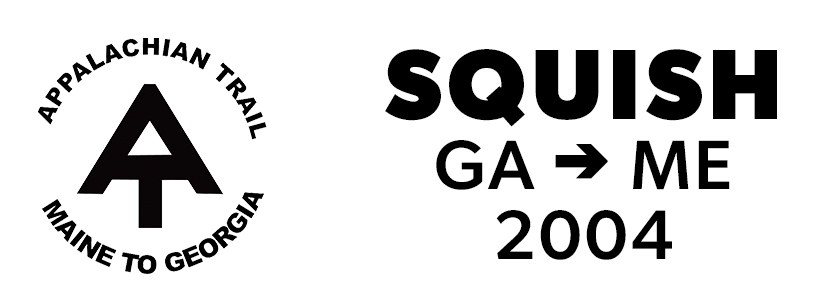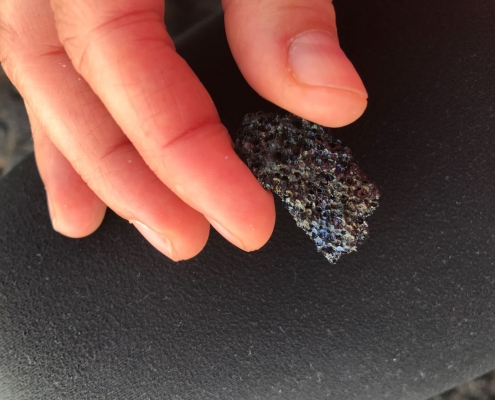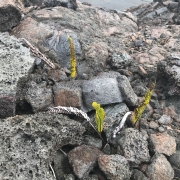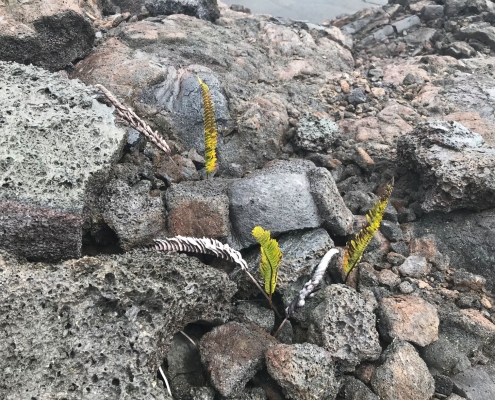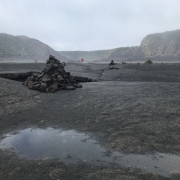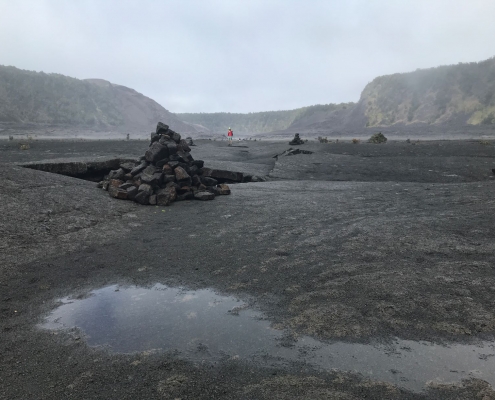Friday, March 6, 2020
Aloha,
Our day at the Volcanoes National Park was tremendous.
Although there are no actual lava flows happening right now on the Island, the volcanoes are still active (so we learned), and evidence of this was fun to find throughout the park. We started at the lava vents, where steam was literally pouring out of the earth from the molten lava hidden in the earth below. It was nice to feel some warm air on a chilly morning! Next we headed to Kilauea Iki, where we hiked into a crater that was created by a volcano. The landscape was barren and black (see photo), except for a few optimistic plants such as the Ohi’a Lehua dotting the landscape. Some of the lava was smooth (a’a) and some was clumpy (pahoehoe) and frankly looked like brownies that had risen unevenly and cracked, piled into huge masses that were much taller than either of us. Taking a closer look, however, the texture of the dried lava was not unlike tiny shards of glass – a ranger told us it was 60% glass. Climbing up onto one of these huge glass brownies, I saw cavernous cracks where the dried lava had split and steam was rising out. A few ferns grew in smaller cracks, as well. I was excited to find patches of ferns where half of them looked healthy and half of them had clearly been steamed to death, evidence of recent heat exposure from underground volcanic activity (photo attached).
After this hike, we headed to the petroglyph field, where we saw the drawings of ancient natives to Hawaii, dated around 1400. This was the largest collection of petroglyphs in Hawaii, and a sacred spot that native Hawaiians still visit and continue to create. The Ancient Hawaiians did not use a written language, so the images of people and other forms that we saw was their way of recording. Amazing!
Next, we headed to the end of the Chain of Craters road in the national park, which ran by the sea. A ranger had told us that the road was closed off due to volcanic activity a couple of years ago (nothing since May 2018) and that we could run the gravel road. After about a quarter mile on this blocked-off road, we saw not another soul. The lava field stretched on one side to the sea and on the other side up the gently-sloping volcano. In some places, the dried black lava was piled higher than our heads beside the road. The lava swirled in some places like braided bread dough, and was broken in other places, with red tones showing in layers where the iron had oxidized under the shiny, porous black surface. After running a couple of miles, we stopped to admire the landscape. The lava sloped down toward the sea in dramatic dripping forms, where it dried just a few years ago mid-flow (unfortunately, we didn’t run with our cameras, so you’ll just have to trust me.) Where the lava ended in a red cliff of broken rock, the ocean sprayed up against it in waves of aqua and deep blue. It was one of the most beautiful and strange landscapes I have ever seen.
I’m attaching a photo of a tiny shard of dried lava, which has stunning blue crystal-looking pieces on one side. You’re not supposed to remove any lava from the park, so I put it back after photographing it. Evidently, the fire goddess of Hawaii, Pele, is angered if you take any lava off the island. The post offices here are flooded with packages from tourists returning pieces of dried lava in an attempt to rid themselves of the bad luck that supposedly follows anyone who removes a piece of the volcano.
Sending warmth from the Big Island,
Erin
